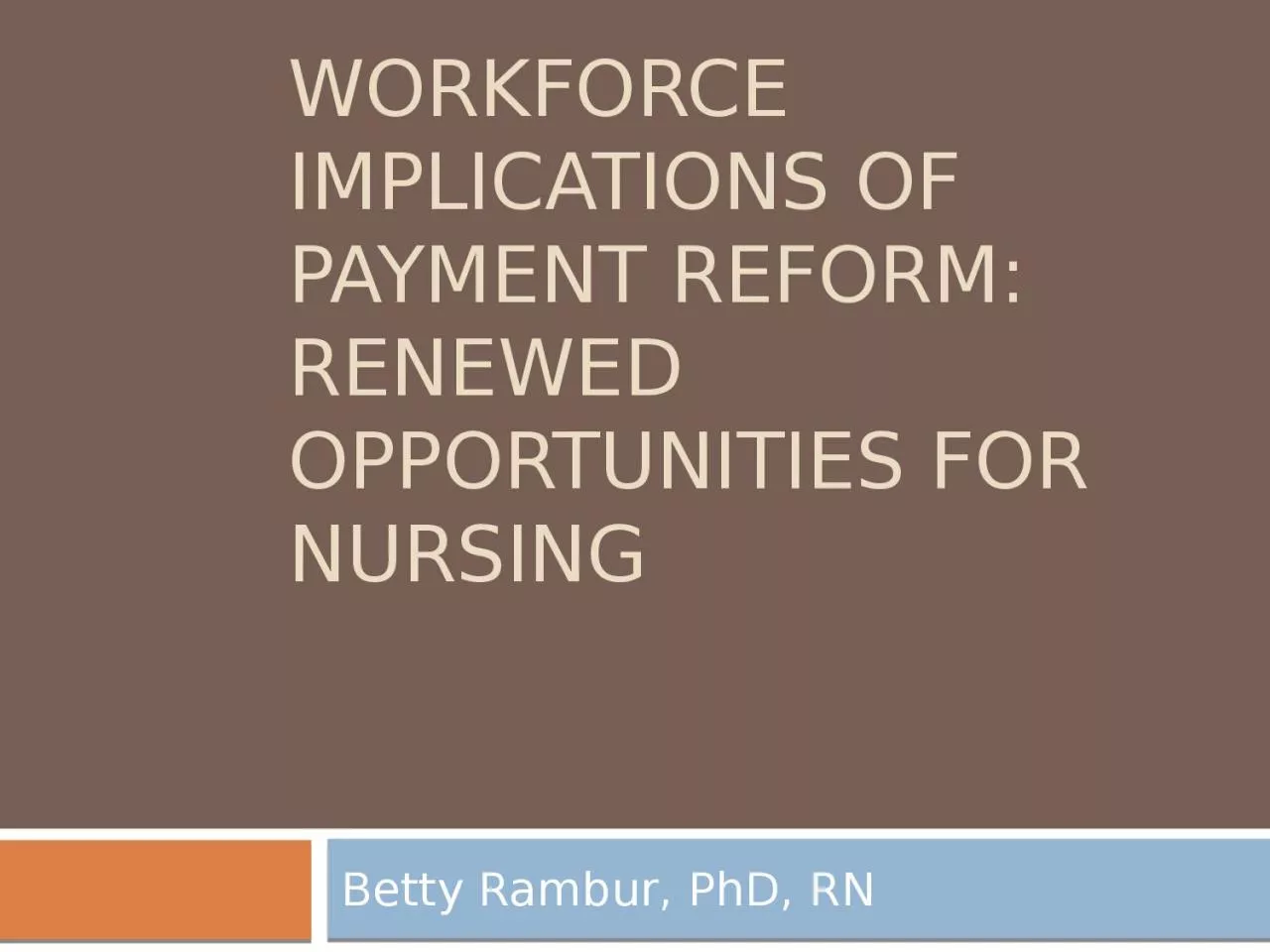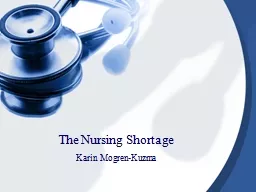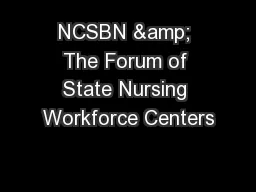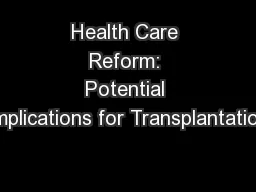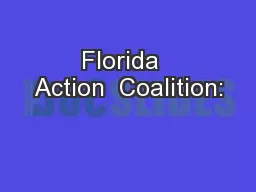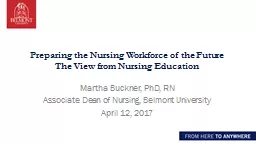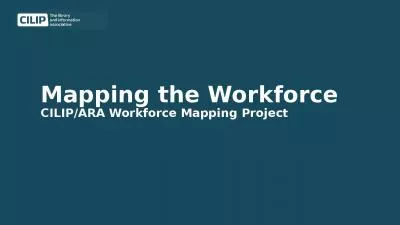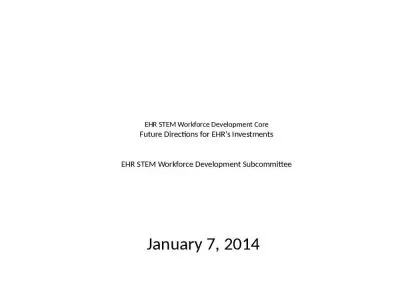PPT-Workforce Implications of Payment Reform: Renewed Opportunities for Nursing
Author : linda | Published Date : 2024-03-13
Betty Rambur PhD RN Faculty Disclosures Betty Rambur PhD RN has no relevant relationships with a commercial interest to report She is a member of the State of Vermonts
Presentation Embed Code
Download Presentation
Download Presentation The PPT/PDF document "Workforce Implications of Payment Reform..." is the property of its rightful owner. Permission is granted to download and print the materials on this website for personal, non-commercial use only, and to display it on your personal computer provided you do not modify the materials and that you retain all copyright notices contained in the materials. By downloading content from our website, you accept the terms of this agreement.
Workforce Implications of Payment Reform: Renewed Opportunities for Nursing: Transcript
Download Rules Of Document
"Workforce Implications of Payment Reform: Renewed Opportunities for Nursing"The content belongs to its owner. You may download and print it for personal use, without modification, and keep all copyright notices. By downloading, you agree to these terms.
Related Documents

